Blog 
Understanding the Latest Innovations in Marine Hose Technology: Boosting Efficiency and Safety in Marine Operations
Innovations in marine hose technology play a crucial role in enhancing efficiency and safety within marine operations, as these flexible conduits are essential for transferring fluids in a variety of applications, including oil and chemical transportation. According to a report by Grand View Research, the global marine hose market is projected to reach USD 1.76 billion by 2027, growing at a CAGR of 3.8% during the forecast period. This growth underscores the increasing demand for high-performance marine hoses that can withstand harsh maritime environments while ensuring safety and reliability.

Advances in materials science and engineering have led to the development of hoses that offer higher resistance to abrasion, chemicals, and extreme temperatures, thereby reducing the risk of leaks and improving operational efficiency. As the industry continues to evolve, understanding these innovations is essential for stakeholders aiming to optimize their operations and adhere to stringent safety regulations.
Recent Advancements in Marine Hose Materials for Enhanced Durability
Recent advancements in marine hose materials have significantly enhanced their durability, making them essential in ensuring optimal performance in marine operations. Modern marine hoses are now engineered using advanced polymers and specialized coatings that resist abrasion and corrosion, critical factors in harsh marine environments. These innovations not only prolong the lifespan of the hoses but also reduce the frequency and costs associated with replacements and repairs.
When considering marine hose options, it's important to choose materials that offer resilience against extreme temperatures and pressure fluctuations. Here are a few tips: always verify the certification of materials against industry standards to ensure safety; prioritize hoses with reinforced construction to withstand severe conditions; and regularly inspect hoses for wear or damage to prevent potential hazards during operations.
Furthermore, the integration of eco-friendly materials in hose production is gaining traction, promoting sustainability in marine operations. The use of recyclable materials not only addresses environmental concerns but also contributes to the overall efficiency of marine logistics by minimizing waste. Selecting hoses that utilize these innovations can lead to more responsible marine practices while ensuring high performance and reliability.
Innovative Design Features in Marine Hoses for Improved Fluid Transfer
Innovative design features in marine hoses are transforming fluid transfer processes, significantly enhancing both efficiency and safety in marine operations. Modern marine hoses are engineered with advanced materials that offer superior resistance to wear and tear, making them ideal for transporting various fluids, including oil and chemicals. These materials not only prolong the service life of hoses but also reduce the risk of leaks and spills, which are critical in safeguarding marine environments.
Tips for selecting the right marine hose include evaluating the specifications based on the type of fluid being transferred and the operating conditions. Aim for hoses that include features like built-in pressure sensors for real-time monitoring of fluid flow and potential issues. Additionally, consider hoses with enhanced coupling systems that allow for quick and secure connections, ensuring seamless operation during marine logistics.
Another significant advancement is the incorporation of flexible designs that accommodate the complex dynamics of marine environments. Flexible hoses reduce stress on both the hose and the connectors, allowing for smoother operation even in turbulent conditions. When assessing flexibility, it's important to choose hoses that maintain their integrity under various temperatures and pressures, which will further optimize fluid transfer efficiency while enhancing overall safety during marine operations.
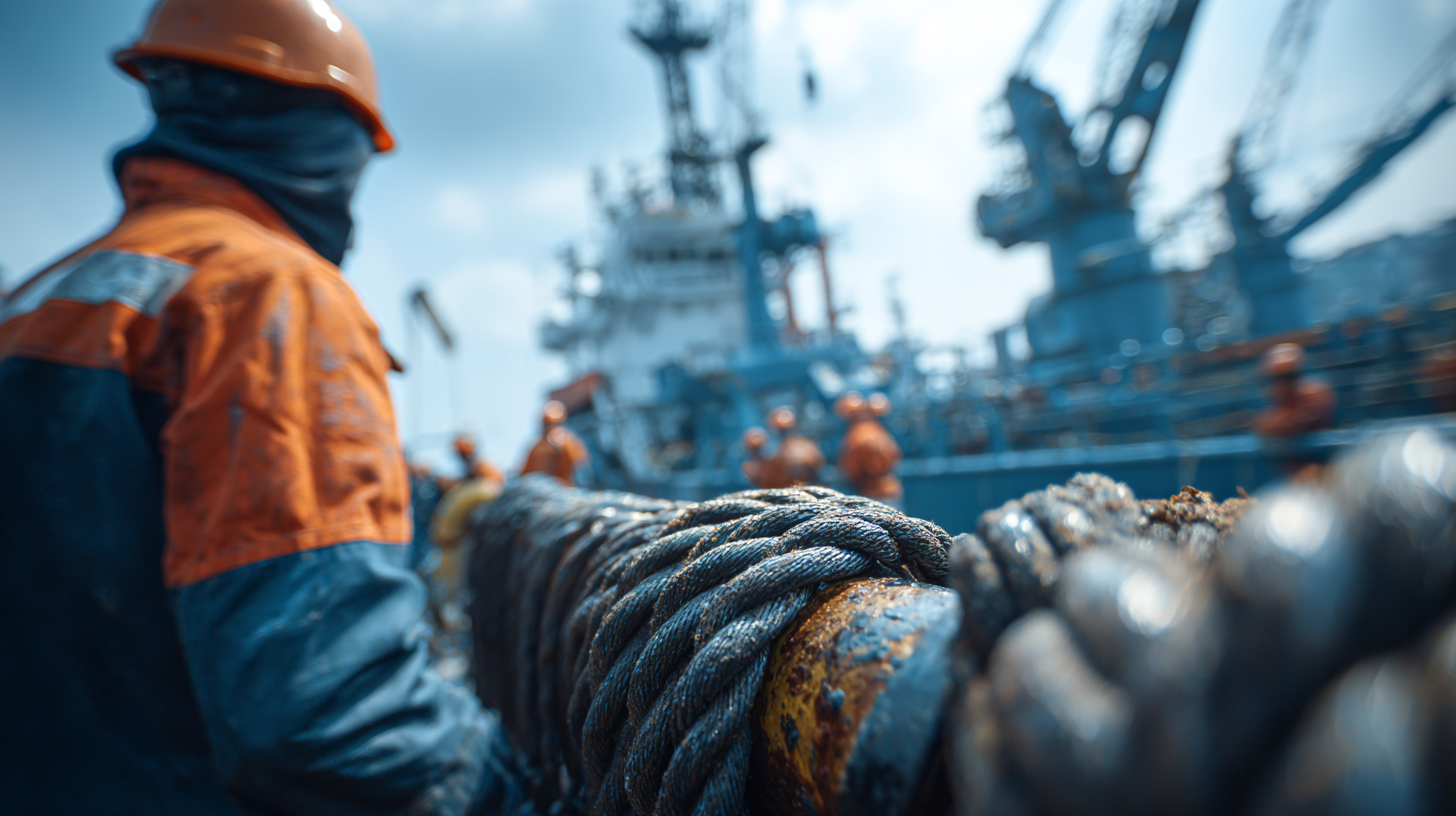
Integrating Smart Technology into Marine Hose Systems for Real-Time Monitoring
The integration of smart technology into marine hose systems is revolutionizing marine operations by enabling real-time monitoring of hose conditions. These advancements allow operators to track parameters such as pressure, temperature, and flow rate, providing critical insights into the performance and safety of marine hoses. With the ability to detect potential issues before they escalate into serious problems, businesses can significantly reduce downtime and avoid costly repairs.
**Tip**: When selecting smart marine hoses, prioritize those with built-in sensors that offer easy integration with existing monitoring systems. This can enhance your operational efficiency while ensuring compliance with safety regulations.
Moreover, the use of data analytics from these smart systems leads to better decision-making and increased transparency in marine operations. By harnessing the power of IoT (Internet of Things), teams can establish predictive maintenance schedules based on real-time data, thus optimizing resource allocation and extending the lifespan of equipment.
**Tip**: Regularly train your staff on how to interpret the data generated by smart marine hose systems. This investment in knowledge can maximize the benefits of technology while enhancing safety protocols within your operations.
Understanding the Latest Innovations in Marine Hose Technology: Boosting Efficiency and Safety in Marine Operations - Integrating Smart Technology into Marine Hose Systems for Real-Time Monitoring
| Feature | Description | Benefits | Technology Used |
|---|---|---|---|
| Real-Time Monitoring | Systems equipped with sensors for continuous performance tracking. | Enhanced safety and proactive maintenance scheduling. | IoT sensors and cloud computing. |
| Automated Alerts | Automatic notifications for irregularities or performance drops. | Improved response time to potential hazards. | Machine Learning Algorithms. |
| Durability Enhancements | Use of advanced materials to resist wear and tear. | Longer lifespan and reduced replacement costs. | Composite materials and reinforced structures. |
| Environmental Sensors | Integrated sensors for monitoring environmental impact. | Better compliance with environmental regulations. | Bio-sensors and data analytics. |
| Flexible Design | Hoses designed for various installation scenarios. | Enhanced adaptability to diverse marine operations. | CAD software and simulation technologies. |
Safety Enhancements in Marine Hose Deployment and Maintenance Practices
Recent advancements in marine hose technology have underscored significant safety enhancements in deployment and maintenance practices. With the increasing complexity of marine operations, the need for robust and reliable hose systems cannot be overstated. According to industry reports, improper hose management can lead to substantial operational failures, often resulting in costly environmental damage and safety hazards. Innovations such as real-time monitoring systems and improved material durability are critical in mitigating risks. For instance, modern hoses are now being equipped with sensors that provide live feedback on pressure and wear, allowing for proactive maintenance before critical failures occur.
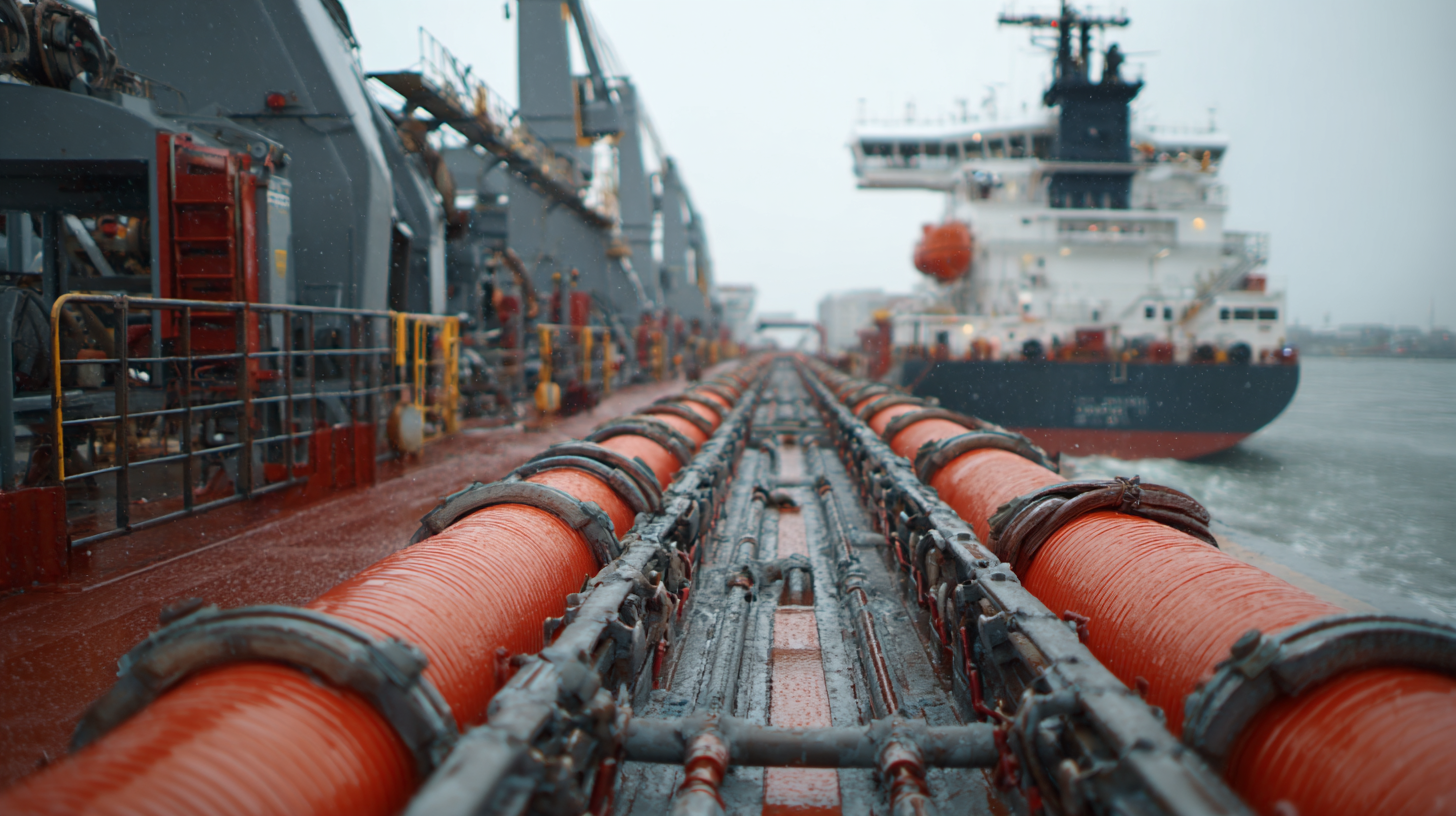
Moreover, organizations like the Marine Corps are adopting augmented reality (AR) and virtual reality (VR) technologies to revolutionize maintenance practices. These tools not only enhance training for personnel but also improve the accuracy of inspections and the speed of repairs. The implementation of such technologies has shown to reduce maintenance time by up to 30%, thereby increasing overall readiness and efficiency. As the maritime industry continues to evolve, the emphasis on safety through innovative hose technology and maintenance practices will undoubtedly play a pivotal role in safeguarding both personnel and the environment.
Impact of Regulatory Standards on Marine Hose Technology Development
The impact of regulatory standards on marine hose technology development cannot be overstated. As the marine industry faces increasing scrutiny over safety and environmental practices, compliance with regulatory frameworks becomes a driving force behind innovation. Extensive regulations compel manufacturers to enhance the durability and safety features of marine hoses, leading to the development of advanced materials and designs. These innovations not only comply with stringent safety standards but also improve operational efficiency in marine applications.
Tips for selecting the right marine hose include understanding the specific operational conditions, such as pressure, temperature, and type of fluid. Always verify the certifications of the hose to ensure that it meets current regulatory standards. Regular maintenance and inspections are essential to prolong the lifespan of marine hoses, ensuring they perform effectively under various marine conditions.
Additionally, collaboration between manufacturers and regulatory bodies fosters a proactive approach to addressing industry challenges. This partnership encourages the adoption of best practices, while also aligning technological advancements with evolving standards. Continuous engagement with regulatory developments allows companies to stay ahead, ensuring that their products are not only compliant but also positioned to lead in market innovation.
Marine Hose Technology Innovations: Efficiency and Safety
Related Posts
-

Understanding the Benefits of 4 Flexible Hose for Home and Industrial Applications
-
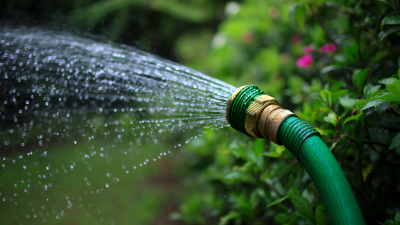
Understanding the Advantages of Fire Hose Garden Hose Combinations for Efficient Watering Techniques
-
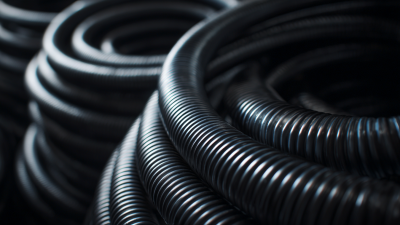
Understanding the Essential Role of Industrial Hose Manufacturers in Modern Industries
-
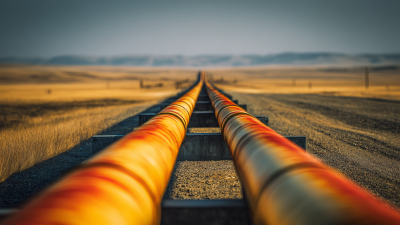
Understanding the Essential Role of Gas Tubing in Modern Energy Solutions
